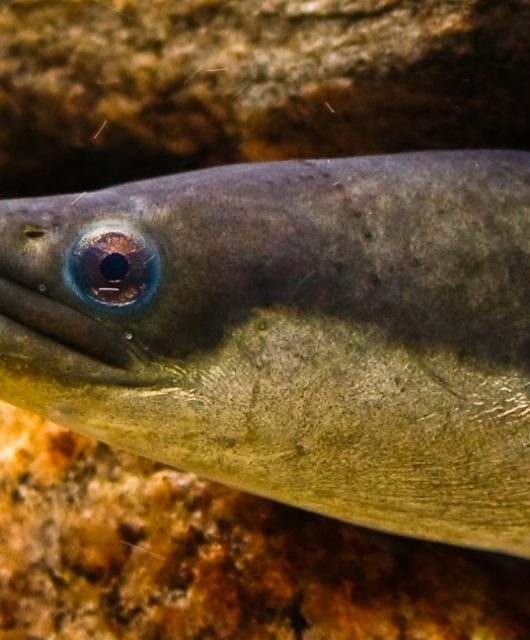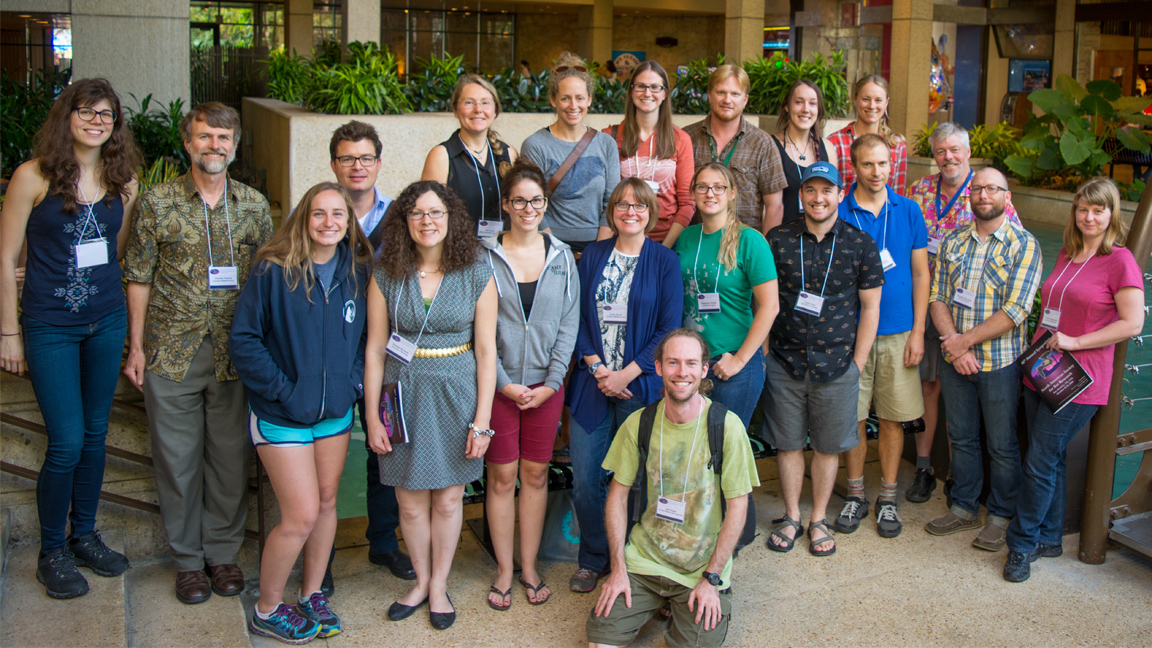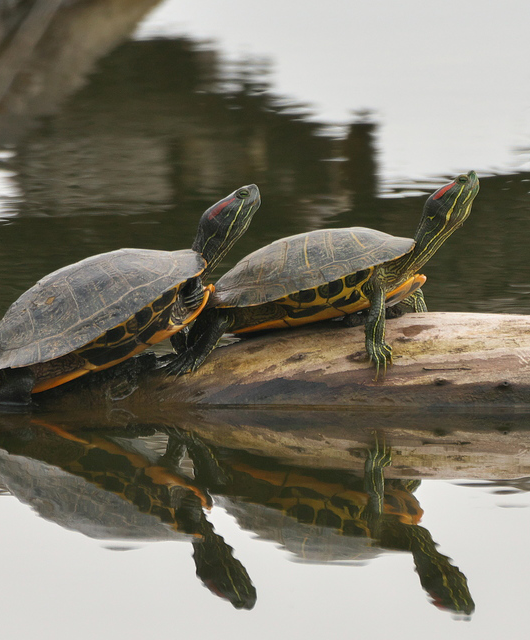[PHOTO CREDIT: Karen Vanderwolf]
There has been a major development regarding white-nose syndrome (WNS) in bats: a WNS-infected Little Brown Bat (Myotis lucifugus) was found in North Bend, Washington, just 45 kilometers east of Seattle.
The bat was a western subspecies of Myotis lucifugus and so was unlikely to come from the east. Click here to see photos of the Washington bat, courtesy of PAWS 2016.
The bat was found by a hiker, alive but unable to fly, and so was turned into a local wildlife rehabilitation facility where it died two days later.
Since this new case represents a jump of around 2100 km from the last western-most occurrence of WNS (Nebraska), it is possible this new epicenter could have been caused by human movements. This emphasizes the importance of decontamination efforts to prevent human-mediated spread of the fungus that causes WNS, Pseudogymnoascus destructans. You can view Parks Canada decontamination instructional videos in English by clicking here and in French by clicking here.
Spores of the fungus that causes WNS remain viable in cave sediment and on cave walls for years, even after the local bat population has been extirpated. Therefore, it is very important that caving gear from the east is not used in western caves to prevent further introductions of the fungus, since decontamination may not be 100% effective at removing spores. It is not yet known if the new WNS epicenter in Washington is an introduction from eastern North America or from Europe/Asia. Pseudogymnoascus destructans is widespread and endemic in Europe and Asia, and does not cause mass mortality of bats in those areas. Whole genome sequencing of the fungus from the Washington bat should tell us which continent the fungus originated from, although results will not be available for a few months.
This news has alarmed bat biologists in British Columbia and Alberta, as WNS may arrive there much sooner than previously anticipated. The west has a richer species diversity of bats than in the east, and it is not known how WNS will impact western-specific species. The public can play a crucial role in surveillance by reporting day-flying bats during the winter and submitting any bat carcasses they, or their pets, may find.
If you live in western Canada:
You can report any bat sightings in caves during winter to Wildlife Conservation Society Canada.
Please report all other winter bat sightings or any bat carcasses found between December and May to:
In Alberta:
Margo Pybus, Provincial Wildlife Disease Specialist
Email: [email protected] Phone: toll free 1-877-944-0313 or 780-427-3462
In British Columbia:
Dr. Helen Schwantje, Ministry of Forest, Lands and Natural Resources
Email: [email protected] Phone: 250-953-4285
Dr Purnima Govindarajulu, Ministry of Environment:
Email: [email protected] Phone: 250 387 9755
Bat carcasses or significant bat roosts found during summer months can be reported to:
In Alberta:
In British Columbia:
BC Community Bat Program, 1-800-GOTBATS




